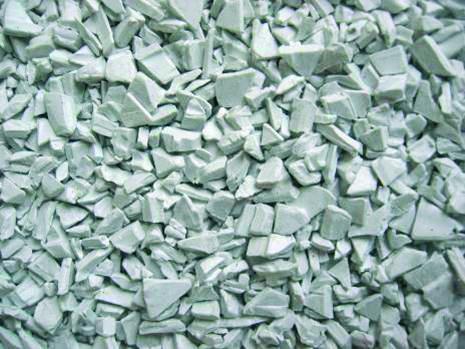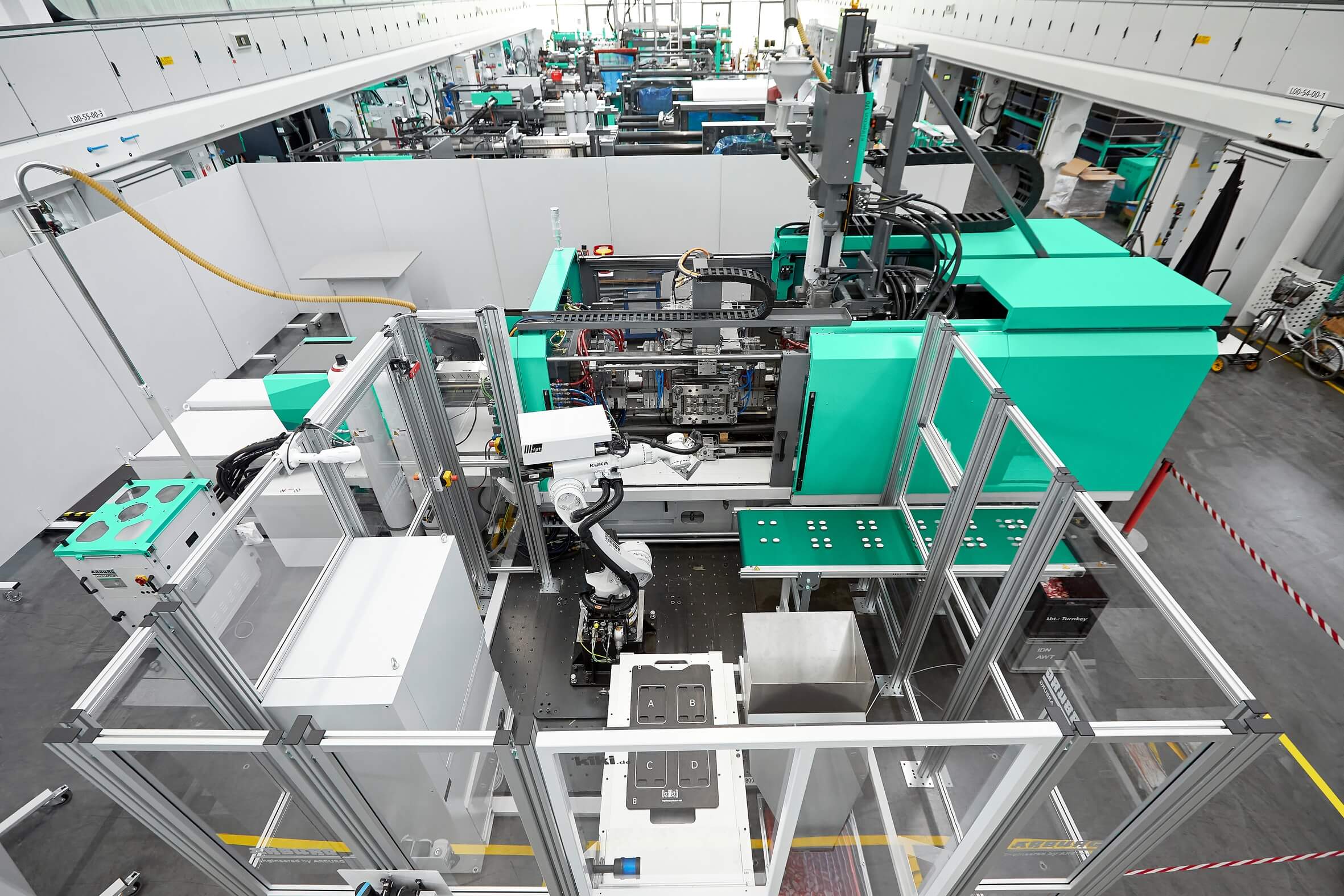By 2015, full scale recycling of photovoltaic (PV) modules that were installed in the 1980’s and 1990’s will begin. The solar industry is
proactively developing economically feasible options for recycling or reusing the materials in the modules that will have served more than 25 years of generating electricity, before higher volumes of modules arrive from decommissioned older PV installations.
The modules that will be available for recycling are mostly made of glass, metal, and silicon or other semiconductors, but around 12% of a typical silicon solar module is made from plastics, including the junction box.
Solar recycling programs have mainly focused on establishing procedures and processors for metal, semiconducting materials, and glass, since many options for recycling the plastics have not been found. The perception is that recycling plastics is not yet cost effective, too difficult, or in some cases, impossible.
Compared to glass, metal, and semiconductors, plastics separated from solar modules have a lower dollar value, are easier to store, and don’t take up as much space. So for many, finding a recycling solution has not been a high priority. However, as it becomes more feasible and cost effective to recycle plastic materials, the focus will shift.
Plastics manufacturers and re-processors could seize these opportunities to collaborate with the solar recycling industry on processes that make it possible to reclaim the materials currently not recycled, identify ways they could be reused, or offer cost saving re-use options.
Photovoltaic Laminates
The plastics used in most silicon solar modules are found in several places. One is laminates, used in multiple layers between silicon or thin film solar cells and glass or other substrates, and as module backsheets. These are typically clear EVA and PET on older modules, and others such as KEVLAR, Tedlar PVF, or Mylar on newer modules.
There are chemical and mechanical methods to separate the layered polymers, however it’s not yet cost effective to clean them to the point that they can be reused as inputs for products. Laminates recovered from PV installations were not recycled, but are most often incinerated.
Junction Boxes and Other Plastics
Another common plastic dismantled from PV modules is PPO, used in junction boxes because of its robust insulating and waterproof properties. Manufacturers that reprocess, recompound, regrind, or re-extrude PPO or make new materials with blends of other materials would be extremely helpful to the solar industry.
Re-processors such as this one in India can provide market applications for reprocessed PPO to the solar industry, but shipping plastic waste overseas is not cost effective, so local solutions are needed.
There can also be polymer layers or beads along some module edges that are used as a glass-on-glass sealant. Solutions for reusing these materials have not yet been found, but perhaps manufacturers who routinely deal with this type of scrap could change that.
Take Action
It is early enough in the solar recycling game that players and processes haven’t been established. Ideas are still needed about what can be done with the materials that will be available for re-use, new products they could create, or new methods of using them.
Plastics manufacturers could connect directly with solar manufacturers about recycling programs for their modules, or with industry recycling groups such as PV Cycle in Europe, a non-profit group establishing a take-back program that is free to PV module owners who began dismantling end-of-life modules for recycling in 2008.
Plastics manufacturers could collaborate with other companies developing recycling programs such as pv recycling LLC, which is working with the PV industry in the United States.
PPO manufacturers who have experience handling scrap, those who deal with reprocessed PPO and have experience turning these materials into new products, or who have processes that allow for the recovery of films on glass, can help provide ideas for their cost effective re-use and participate in this upcoming opportunity.
About the Author: Debbie Sniderman writes, owns, and consults with VI Ventures, an R&D and manufacturing consulting company for renewable energy products and technologies. She can be contacted at [email protected].
Source : www.plasticstoday.com







